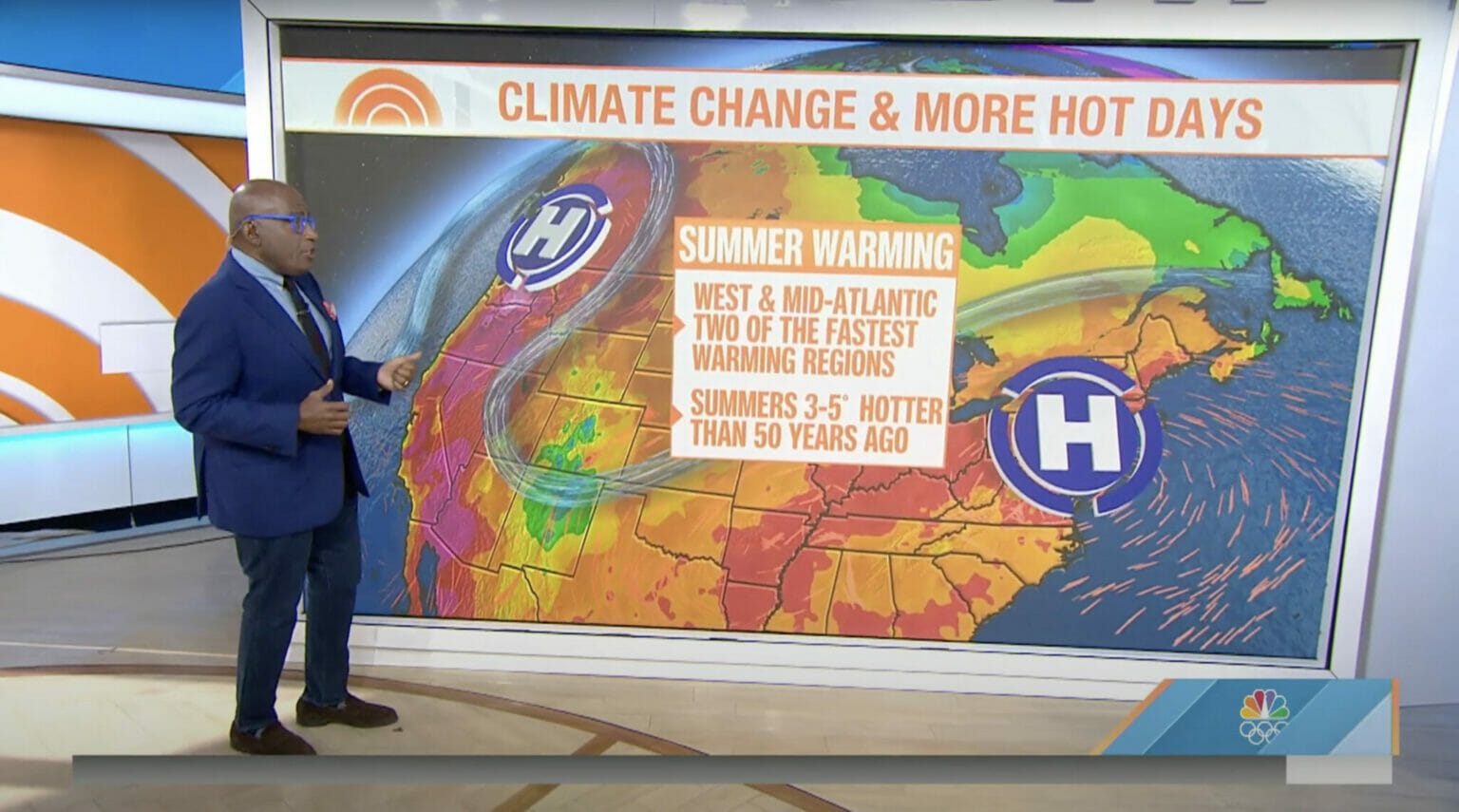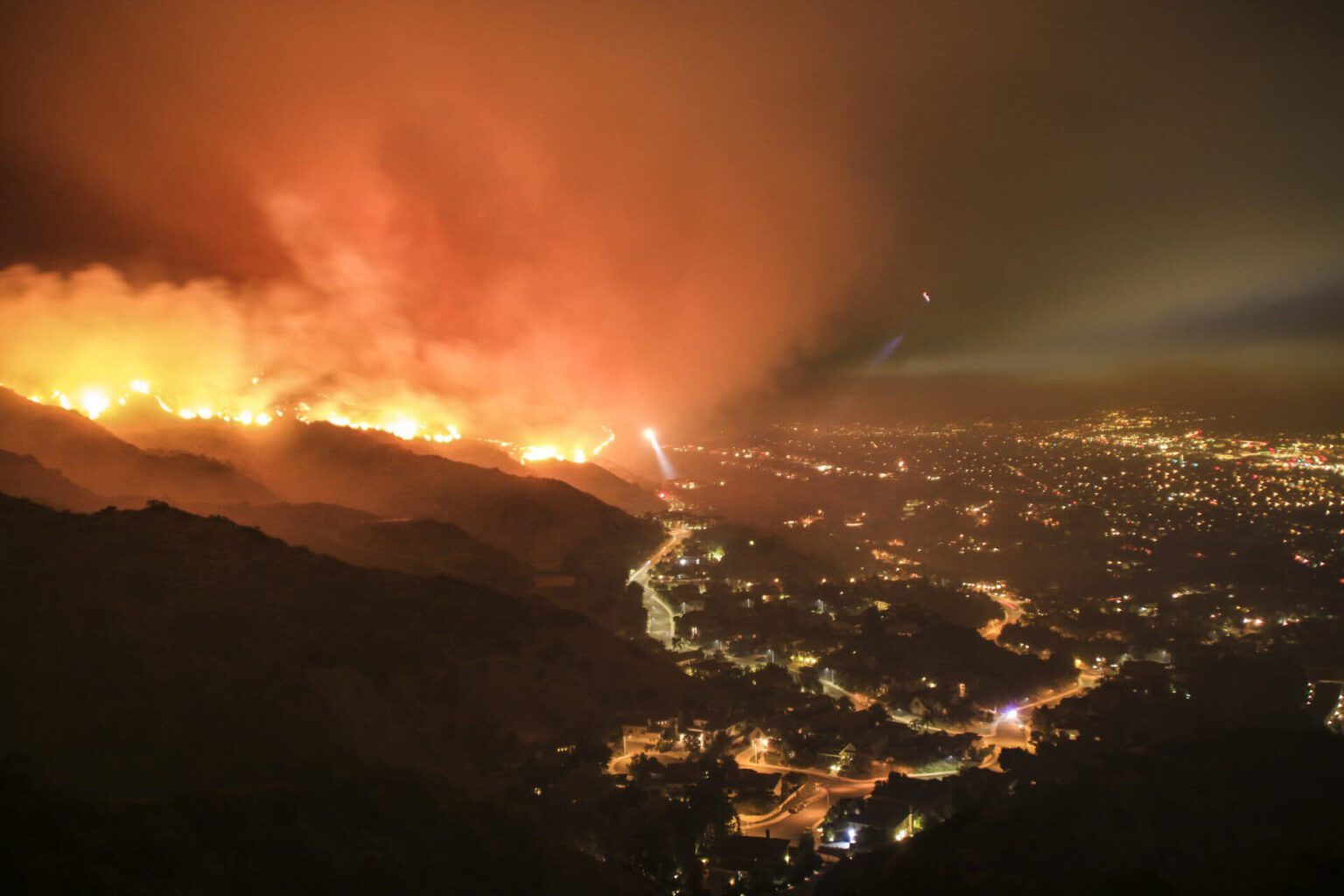Welcome to Locally Sourced, a biweekly Covering Climate Now newsletter for journalists working to localize the climate story. Share this newsletter with colleagues and journalism students interested in localizing the climate story. Vea la versión en español de “Fuentes Locales.”
Story Spark: Insect-Borne Diseases
Climate change is making the world’s deadliest animal even more deadly. Hotter summers, warmer winters, and changes in rainfall are allowing mosquitoes to linger longer and spread to areas that were previously too cold and dry.
While West Nile virus continues to be an annual public health emergency in many areas, other rare, potentially lethal, insect-borne diseases now pose an increasing threat for portions of the US. Just last month, several cases of eastern equine encephalitis (EEE), a virus spread by mosquitoes with a 30% mortality rate, in New England warranted city-wide pest control measures and curfews.
As climate change creates more favorable environments for pests to thrive and multiply, diseases once confined to the tropics will continue to migrate away from the equator. A recent study found that more than eight billion people could be at risk of malaria and dengue by the end of the 21st century if greenhouse gas emissions keep rising at current levels.
In addition, Lyme disease and other tick-borne illnesses have also become more common as winters become more mild, no longer killing off the disease-carrying pests. Cases of Lyme in the northeastern US have nearly doubled since 1991 and are expected to continue to increase as our climate warms.
Stories We Like
- In response to the first cases of West Nile Virus confirmed in their area, NBC4 Washington explains its climate connection and offers tips to protect against mosquitoes.
- In Wisconsin, WKOW explores how a red meat allergy caused by ticks has taken root in the heart of dairy country. The CDC estimates this syndrome may affect as many as 450,000 people in the US.
- With mosquito populations increasing across the country, Telemundo highlights the climate connection and shares safety tips in this segment in Spanish.
- In Hawaii, reporters examine a solution (mosquito “birth control”) to save a native bird species at risk of extinction from avian malaria spread by the pests.
- Connecticut Post reports health officials are seeing more patients with a “trifecta” of tick-borne diseases: Lyme, babesia, and anaplasma, as a result of warming winters in New England.
- Areas once inhospitable for mosquitoes will become more suitable as climate change influences weather patterns, according to a local study highlighted by KOB4 in Albuquerque, N.M.
Reporting Tips
Bianca Nogrady, a freelance science journalist based in Australia who writes for the Guardian, Nature, WIRED, and others, offers tips for reporting on the intersection between climate change and insect-borne disease.
 Explore the impacts of changing weather patterns. The distribution of insect-borne diseases is heavily influenced by climate and weather, because so many of the insects that transmit these diseases need water as part of their life-cycle. For example, mosquitoes breed in stagnant water, and ticks need warm, moist conditions to survive.
Explore the impacts of changing weather patterns. The distribution of insect-borne diseases is heavily influenced by climate and weather, because so many of the insects that transmit these diseases need water as part of their life-cycle. For example, mosquitoes breed in stagnant water, and ticks need warm, moist conditions to survive.
As climate change alters rainfall patterns and intensity, it will also change where these diseases spread and who they affect. Current patterns of insect-borne diseases are already changing as insects move in response to climate change.
Consider the impact of social determinants of health. Socioeconomic factors such as income, working conditions, education, and housing have a big effect on the incidence and impact of insect-borne diseases. Diseases like malaria, dengue, West Nile virus, chikungunya, and Zika are much more common in tropical and subtropical nations, but they also disproportionately affect people of low incomes or people who are experiencing poverty in those nations because they have less access to good sanitation, health care, and protection from insects.
Talk to vector biologists. This field of science combines public health, epidemiology, entomology, biology, ecology, and environmental science to tackle the problem of vector-borne diseases. Vector biologists are conducting research and clinical trials at the intersection of all these things, and should definitely be on your expert list.
Resources
Key facts and visuals.
- Download local data and graphics from Climate Central’s guides “Mosquito Days” and “Tick Migration.”
- Learn more about various mosquito-borne illnesses through the World Mosquito Program.
- Explore the CDC’s recommendations for preventing the spread of insect-borne diseases.
Via Social
CCNow’s resident meteorologist and TV engagement coordinator, David Dickson, looks at how mosquitoes are thriving in our changing climate in our video series Ask a Met.
Before We Go…
Want more tips on how to localize the climate story? Check out CCNow’s recent webinar, “Telling the Climate Story Locally.”
The Climate Station is a free-of-cost training program from Covering Climate Now that equips local TV station newsrooms in the United States, including journalists, producers, and meteorologists, to cover climate news more effectively. For inquiries, please email Elena González at elena[at]coveringclimatenow[dot]org.
Send us local stories where you’ve made the climate connection, especially when it’s not obvious to audiences. We’d love to consider them for Locally Sourced and our media trainings and social platforms. Email local[at]coveringclimatenow[dot]org.
Know someone who might be interested in this newsletter? Forward Locally Sourced to a colleague!




